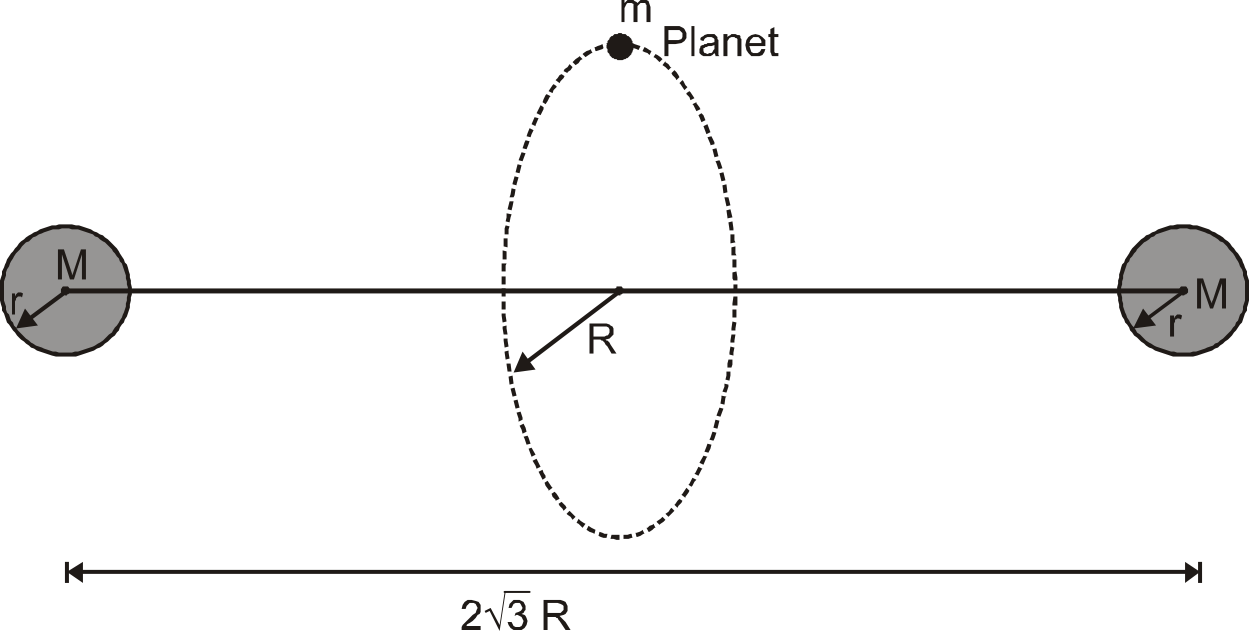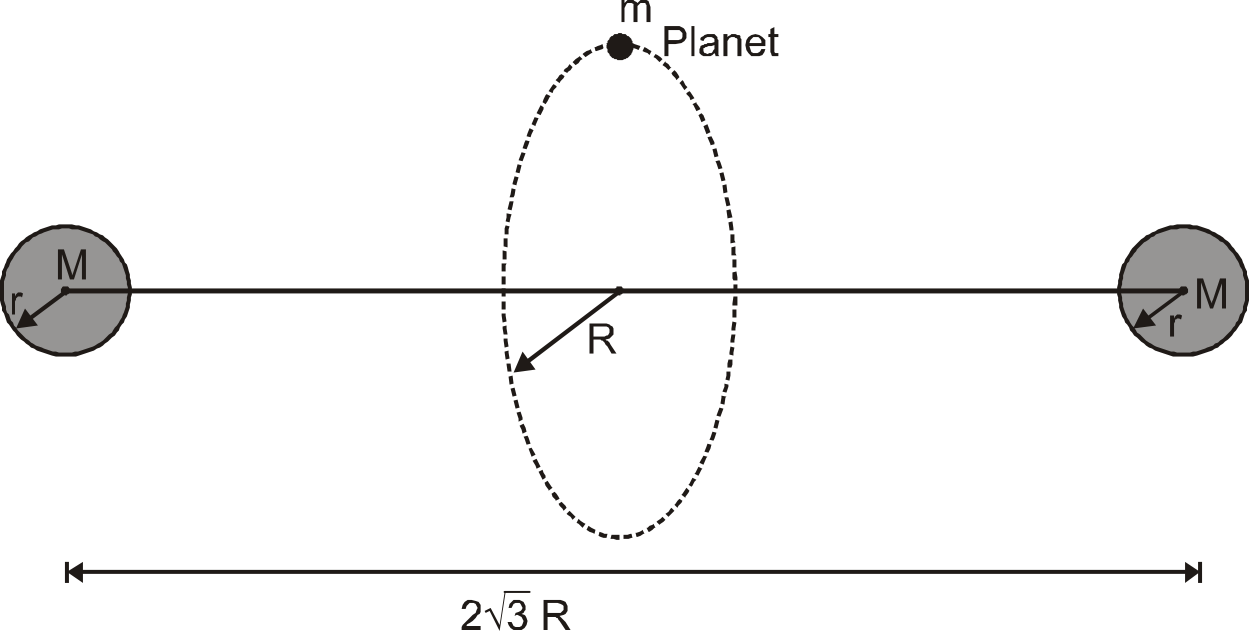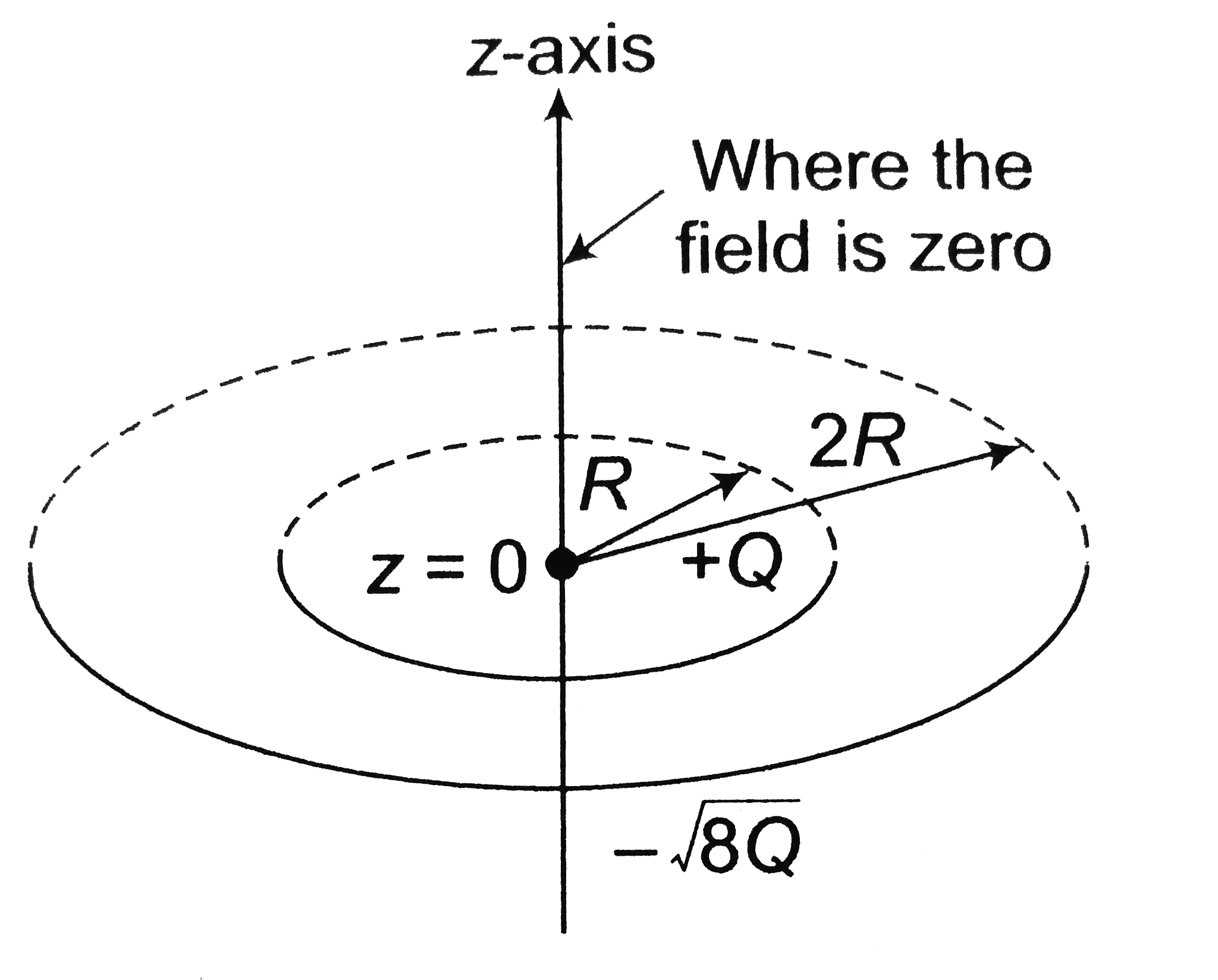A : The centre of sensitivity of our eyes coincides with the centre of the wavelength distribution of the sun.
R : Humans have evolved with visions most sensitive to the strongest wavelength from the sun.
If both Assertion & Reason are true and the reason is the correct explanation of the assertion, then mark (1)
If both Assertion & Reason are true but the reason is not the correct explanation of the assertion, then mark (2)
If assertion is true statement but Reason is false, then mark (3)
If both Assertion and Reason are false statements, then mark (4)
The correct Answer is:A
To solve the question, we need to analyze the assertion (A) and the reason (R) given in the statement.
1. Understanding the Assertion (A):
- The assertion states that "The centre of sensitivity of our eyes coincides with the centre of the wavelength distribution of the sun."
- The human eye has photoreceptors known as cones, which are sensitive to different wavelengths of light. The cones are divided into three types based on their sensitivity: short (S), medium (M), and long (L) wavelengths.
- The sensitivity ranges for these cones are approximately:
- Short (S): 420 to 440 nm
- Medium (M): 530 to 540 nm
- Long (L): 560 to 580 nm
- The sun emits light across a spectrum, with a peak sensitivity in the visible range. The assertion is correct because the peak sensitivity of our eyes aligns with the wavelengths emitted by the sun.
2. Understanding the Reason (R):
- The reason states that "Humans have evolved with visions most sensitive to the strongest wavelength from the sun."
- While it is true that human vision is adapted to detect visible light, the statement implies that humans can see all electromagnetic waves, which is incorrect. Humans can only see a small portion of the electromagnetic spectrum (visible light), while other wavelengths like radio waves and infrared are not visible to the human eye.
- Therefore, while the reason has some truth to it regarding evolution and sensitivity to sunlight, it is misleading as it suggests that humans can see all wavelengths.
3. Conclusion:
- The assertion (A) is true, while the reason (R) is false.
- Thus, the correct answer is that the assertion is true and the reason is false.
Final Answer:
- Assertion (A): True
- Reason (R): False
- Correct Option: 3
- The assertion states that "The centre of sensitivity of our eyes coincides with the centre of the wavelength distribution of the sun."
- The human eye has photoreceptors known as cones, which are sensitive to different wavelengths of light. The cones are divided into three types based on their sensitivity: short (S), medium (M), and long (L) wavelengths.
- The sensitivity ranges for these cones are approximately:
- Short (S): 420 to 440 nm
- Medium (M): 530 to 540 nm
- Long (L): 560 to 580 nm
- The sun emits light across a spectrum, with a peak sensitivity in the visible range. The assertion is correct because the peak sensitivity of our eyes aligns with the wavelengths emitted by the sun.
- The reason states that "Humans have evolved with visions most sensitive to the strongest wavelength from the sun."
- While it is true that human vision is adapted to detect visible light, the statement implies that humans can see all electromagnetic waves, which is incorrect. Humans can only see a small portion of the electromagnetic spectrum (visible light), while other wavelengths like radio waves and infrared are not visible to the human eye.
- Therefore, while the reason has some truth to it regarding evolution and sensitivity to sunlight, it is misleading as it suggests that humans can see all wavelengths.
- The assertion (A) is true, while the reason (R) is false.
- Thus, the correct answer is that the assertion is true and the reason is false.
- Assertion (A): True
- Reason (R): False
- Correct Option: 3
Topper's Solved these Questions
- BOOK - AAKASH INSTITUTECHAPTER - ELECTROMAGNETIC WAVESEXERCISE - ASSIGNMENT SECTION - C Previous Years Questions22videos
ELECTROMAGNETIC WAVES
- BOOK - AAKASH INSTITUTECHAPTER - ELECTROMAGNETIC INDUCTIONEXERCISE - ASSIGNMENT(SECTION -D) Assertion-Reason type Question)15videos
ELECTROMAGNETIC INDUCTION
- BOOK - AAKASH INSTITUTECHAPTER - ELECTROSTATIC POTENTIAL AND CAPACITANCE EXERCISE - ASSIGNMENT SECTION - D13videos
ELECTROSTATIC POTENTIAL AND CAPACITANCE
Similar Questions
Knowledge Check
- Question 1 - Select One
Human eyes are most sensitive to the wavelength of
A1000 ÅB5000 ÅC7000 ÅD20 Å - Question 2 - Select One
Our eye is most sensitive for which of following wavelength
A4500 ÅB5500 ÅC6500 ÅDequally sensitive for all wavelengths of visible spectrum - Question 3 - Select One
The human eye is sensitive only to light having wave length ranging from
A80 to 280 nanometresB380 to 760 nanometresC780 to 870 nanometresD880 to 980 nanometres
A projectile is to be launched from the surface of the earth so as to escape the solar system. Consider the gravitational force on the projectile due to the earth and the sun nly. The projectile is projected perpendicular to the radius vector of the earth relative to the centre of the sun in the direction of motion of the earth. Find the minimum speed of projection relative to the earth so that the projectile escapes out of the solar system. Neglect rotation of the earth. mass if the sum Ms2×1030kg, Mass of the earth Me=6.4×1024kg Radius if the earthRe=6.4×106m, Earth- Sun distence r=1.5×1011m
View SolutionConsider a hypothetical solar system, which has two identical massive suns each of mass M and radius r, seperated by a seperation of 2√3R (centre to centre). (R gtgtgtr). These suns are always at rest. There is only one planet in this solar system having mass m. This planet is revolving in circular orbit of radius R such that centre of the orbit lies at the mid point of the line joining the centres of the sun and plane of the orbit is perpendicular to the line joining the centres of the sun. Whole situation is shown in the figure.
 View Solution
View SolutionConsider a hypothetical solar system, which has two identical massive suns each of mass M and radius r, seperated by a seperation of 2√3R (centre to centre). (R gtgtgtr). These suns are always at rest. There is only one planet in this solar system having mass m. This planet is revolving in circular orbit of radius R such that centre of the orbit lies at the mid point of the line joining the centres of the sun and plane of the orbit is perpendicular to the line joining the centres of the sun. Whole situation is shown in the figure.

Q. Speed of the plane isView SolutionConsider a hypothetical solar system, which has two identical massive suns each of mass M and radius r, seperated by a seperation of 2√3R (centre to centre). (R gtgtgtr). These suns are always at rest. There is only one planet in this solar system having mass m. This planet is revolving in circular orbit of radius R such that centre of the orbit lies at the mid point of the line joining the centres of the sun and plane of the orbit is perpendicular to the line joining the centres of the sun. Whole situation is shown in the figure.

Q. Average force on the planet in half revolution isView SolutionTwo concentric rings, one of radius R and total charge +Q and second of radius 2R and total charge −√8Q, lie in x−y plane (i.e., z=0plane). The common centre of rings lies at origin and the common axis coincides with z-axis. The charge is uniformly distributed on both rings.
At what distance from origin is the net electric field on z-axis zero?
 View Solution
View Solution

